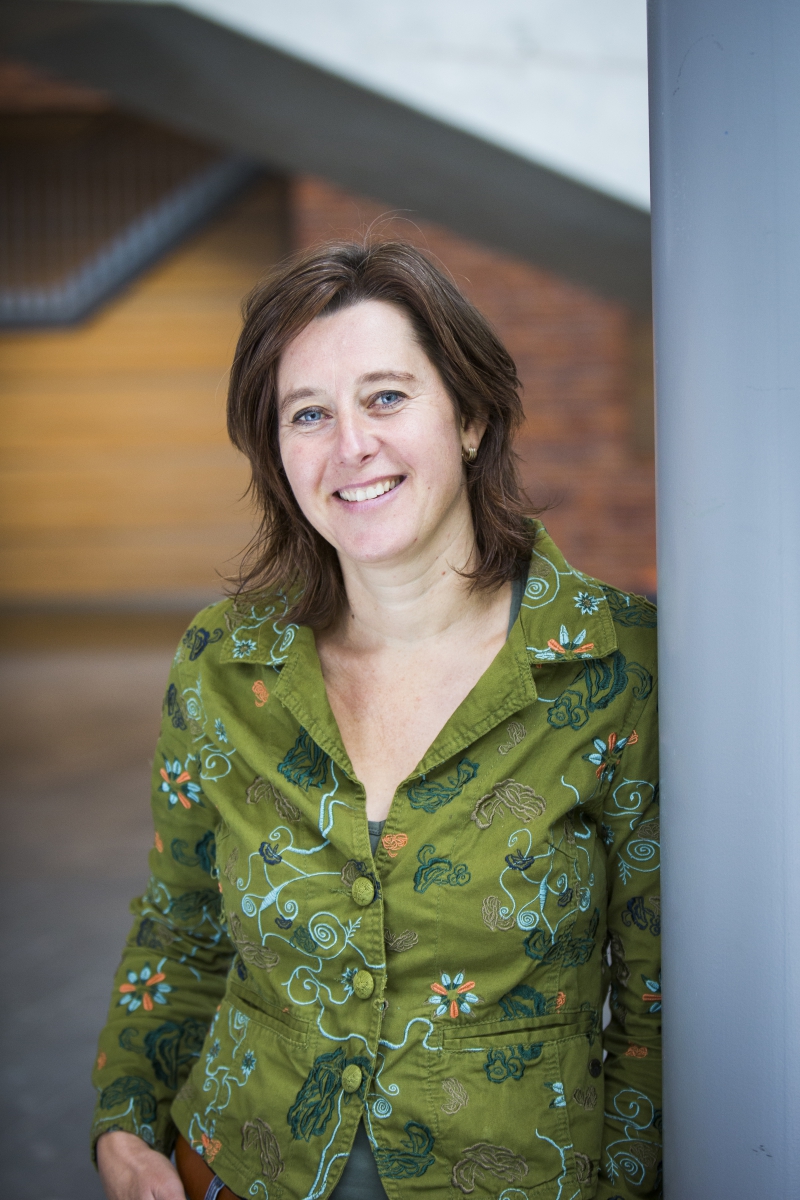Limburgs Museum
For already 25 years, the Limburgs Museum has given meaning and experience to the history and culture of Limburg. As a regional museum of cultural history all the information about our collection's material culture - is deceived from (oral) history and academic research. Untill now ICH-practitioners are involved in our museum as volunteers in education or for projects like Dragons! At this moment we are in a transitional phase, searching for ways in which to achieve greater societal relevance as a cultural historical museum. We are transforming into a heritage museum: a change in focus! This fits into the context of the new statutes of the International Council of Museums in which, in 2005, the term'material evidence' was replaced by 'tangible and intangible heritage'.
The scope of museums is not only to remember, but also to create a responsible approach to the past, the present and the future. Hence, we changed our mission: 'The Limburgs Museum contributes to a conscious society.' Our new vision is: 'To substantiate current, socially relevant themes with our knowledge and collection of the past, to provide inspiration, understanding and thus insight. And trigger these insights to conceive possible scenarios for the future. We like to stimulate the audience in an intellectual and emotional way which then leads to action: curiosity leads to consciousness, consciousness leads to understanding, understanding can develop into "to care for" which hopefully will turn into "taking care of".'
Our exhibitions, educational programs and events will change, as also the relationship with ICH-practitioners. Our goal is making new connections between tangible and intangible heritage and connecting heritage with a new public. Inspiring was the Dragons! project which we organized in relation to the dragon-slaying, which takes place every seven years in Beesel, a village in Northern Limburg. A living tradition which has the status of Dutch UNESCO National Immaterial Cultural Heritage since 14 december 2012.
Dragons!
Description of the project / practice / program
In 2016 the Limburgs Museum and the Foundation of Draaksteken Beesel joined forces in a collaborative project with the name 'Dragons'. The aim of the project was to ensure knowledge, context and continuity of the local tradition of dragon slaying for the future. We organized activities together to promote the visibility of this tradition and to involve young people with an educational program. The cooperation between an istitution of material heritage and an institution of intangible heritage has been a clear xenogamy. Thanks to this cooperation, we worked with an outward focus. The project contributed to the recognition of the tradition of dragon slaying in the region and beyond, and with that the safeguarding of tradition towards the future. The volunteers of the Foundation Draaksteken, the volunteers of the Foundation Museum Beesel and youth of the village Beesel were offered knowledge transfer and knowledge sharing. The exhibition makers - experienced in management, preservation and presentation of material heritage - learned from the course of events, experiences and performances of the intangible heritage in Beesel.
How were practitioners of intangible cultural heritage involved?
The curator of the Limburgs Museum was project leader. Part of the project was an exhibition, which was a co-production of the Limburgs Museum and the STAM, Stedelijk Museum in Ghent, also a dragon city. International cooperation offered opportunities and experiences for both museums, but also strengthened contacts between the various ICH-practitioners of the international dragon communities in Europe. Stichting Draaksteken and the Limburgs Museum developed together PR, events and education. Starting point of the collaborations was sharing facilities, expertise and providing a platform to expand knowledge, education, PR and marketing in a wider range.
Moreover we worked on the development of knowledge of the phenomenon of dragons by joining the experience of academics in a new publication. In the exhibition, this knowledge has been translated into material and intangible heritage for a broader public, young and old.
Examples of organized events:
- Opening event on Saint George's Day
- National Museum Week: the dragons arrive!
- Creative workshops
- Film festival
- Museum youth university
- Lectures
- Dragon quest
- Conference of the Knowledge center of Intangible heritage: The power of cooperation
- Childrens Dragon Day
- Exhibition analysis
Many products have emerged from this collaboration; the project has ended, however the effects in the longer term will continue in the area of cooperation, knowledge sharing and experience gaining.
Cover photo © Mike Bink
CV of the author

As a curator of archaeology and history I'm specialized in interpretive strategy. Interpretive strategy is an initial step in the planning and designing process for informal learning-based institutions, where interpretation is used to communicate messages, stories, information and experiences. The starting point of this strategy is to stimulate the audience in an intellectual and emotional way, which then leads to action: curiosity leads to 'caring for' cultural heritage. Based on this vision, I worked as a project leader on regional projects such as the 'DNA of Limburg' (currently at the Limburgs Museum), but also on international projects such as 'Dragons' and the 'Terracotta Army of China'.
LESSIONS LEARNT
- Museums have the skills to place traditions in a broader cultural historical perspective.
- Respect the identity of all partners involved and show respect for their feelings and emotions, which can range from sticking to rather conservative views on traditions to being open to change and dynamics. Take the time to grow closer to each other.
- It's not always easy to make exhibitions about local intangible heritage interesting to others from outside the region.
LINKS
Practical
When
22 March 2018 from 15:41 to 15:41
Where
Subscriptions
It is no longer possible to subscribe to this bestpractice. Reports and videos will be published after the bestpractice.